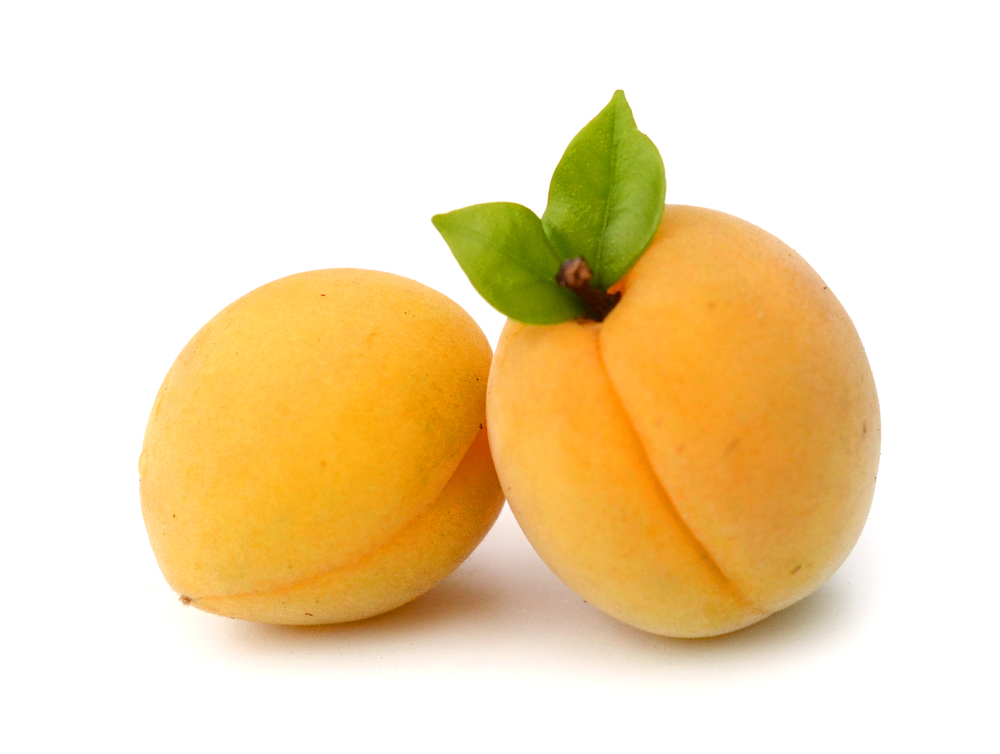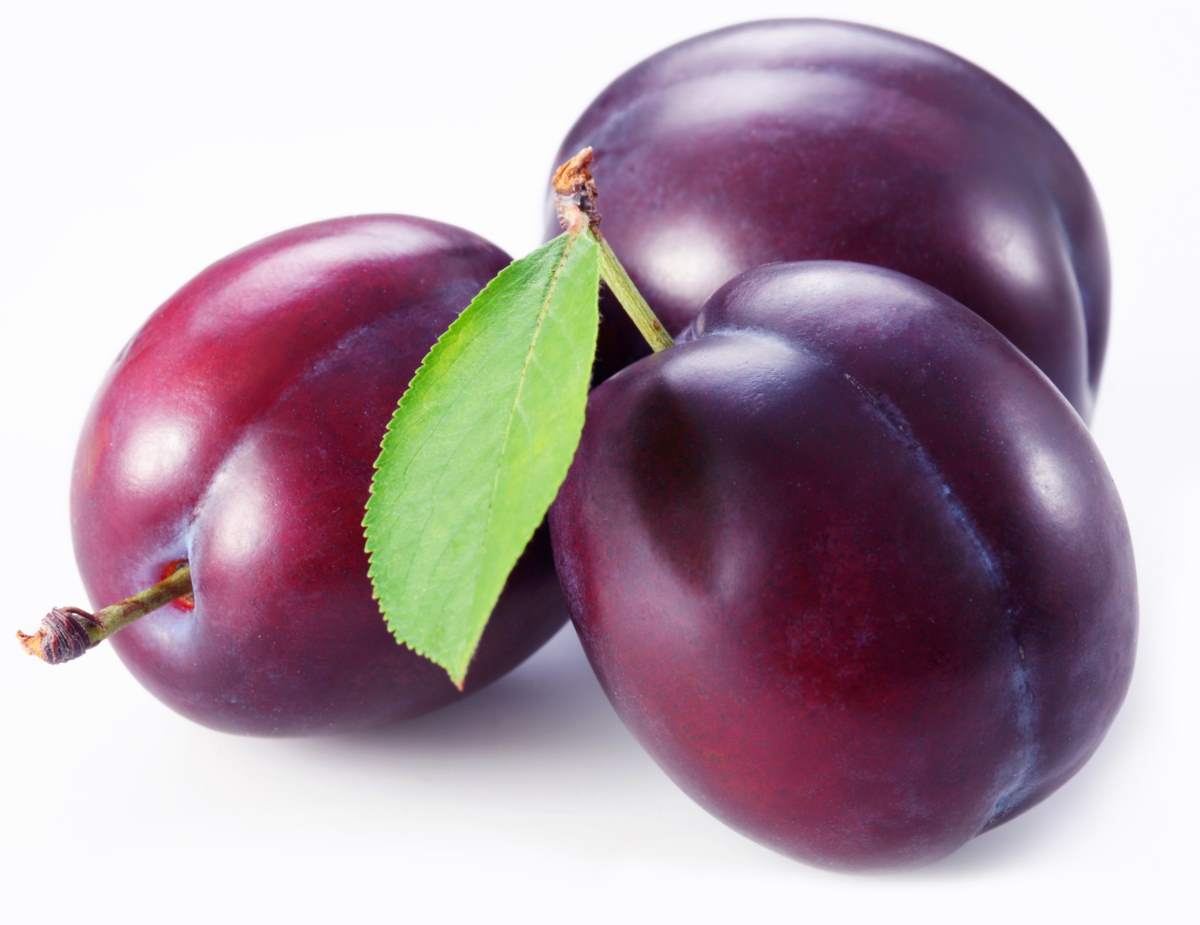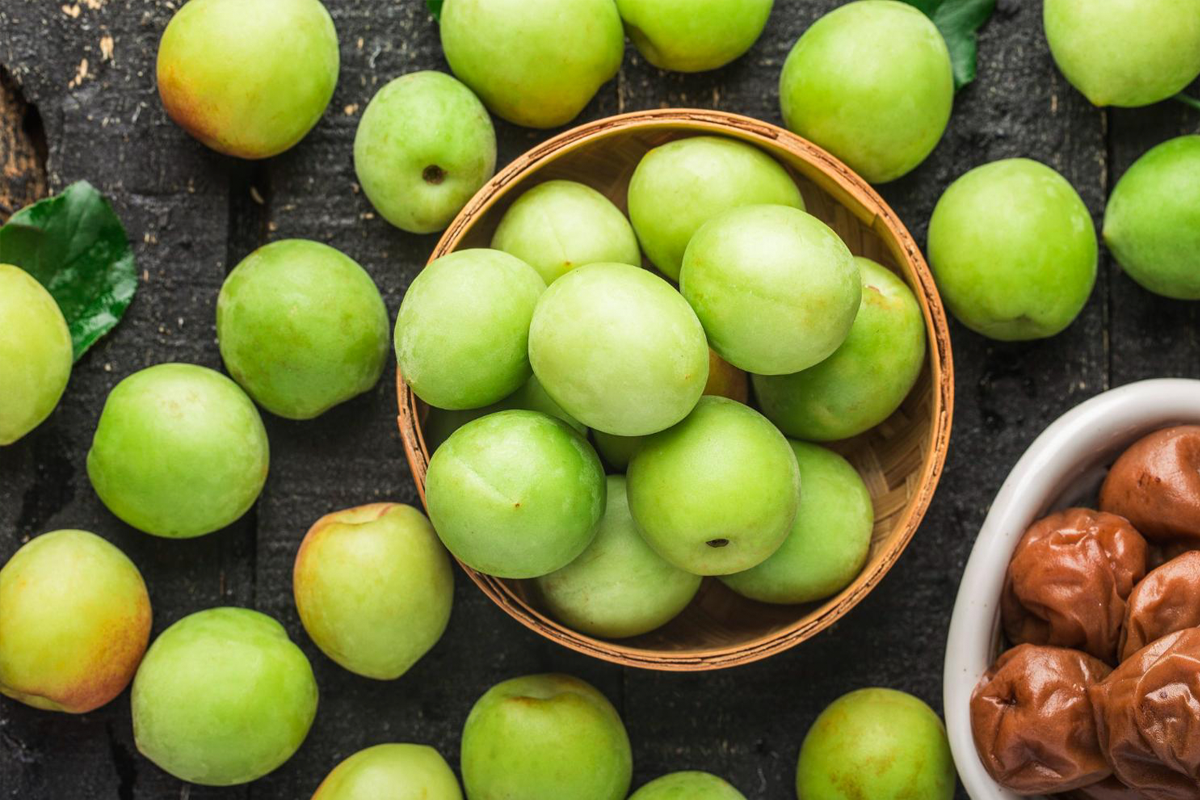Apricot (Prunus armeniaca): Fruit Characteristics, Varieties, Nutritional Benefits, and Distribution
The apricot (scientific name: Prunus armeniaca) belongs to the Rosaceae family, subfamily Amygdaloideae, genus Prunus. It is a deciduous tree celebrated for its early spring flowers and deliciously sweet fruit.
Characteristics of the Fruit
Apricots are drupes that are generally round or slightly oval-shaped. The size varies depending on the variety but typically ranges from 3 to 6 cm in diameter. The skin is covered in fine fuzz and is usually yellow or orange-yellow with occasional red blushes. The flesh is soft, juicy, sweet yet slightly tart with a distinctive aroma. At its core lies a hard pit containing an edible kernel.

Varieties
Numerous apricot varieties exist that differ based on ripening time, fruit size, color, taste, and whether the pit clings to the flesh or not (clingstone vs freestone). Some popular varieties include:
- Golden Sun: An early-ripening variety featuring large yellow fruits; tender flesh with a sweet taste.
- Katy Apricot: A mid-season variety producing medium-sized orange-red fruits; freestone type with a balanced sweet-tart flavor.
- Hongfeng: A mid-to-late season variety yielding large red fruits; firm texture ideal for storage and transport.
- Pearl Oil Apricot: Small yellow fruits characterized by tender juicy flesh with an aromatic sweetness.
- Xinjiang Small White Apricot: White or pale yellow fruits known for their superb sweetness and quality.
Apricot trees bloom early in the season, making them vulnerable to late frosts. Various varieties exhibit different levels of climate adaptability.
Nutritional Benefits
Apricots are packed with nutrients, including carbohydrates, dietary fiber, vitamins (such as A and C), and minerals (such as potassium). They also boast antioxidants like beta-carotene. Additionally, apricot kernels are nutritious, rich in protein, healthy fats, and vitamin E.
Consuming apricots may support vision health, aid digestion, and offer antioxidant protection.
Distribution and Cultivation
Originally from China, apricots have spread across Central Asia to West Asia, as well as Europe and North America. China remains one of the leading producers of this fruit. Apricots thrive best in warm, dry climates with well-drained soil. While different varieties show varying degrees of environmental tolerance, they are generally grown extensively across temperate regions. Propagation methods include grafting and seeding.



